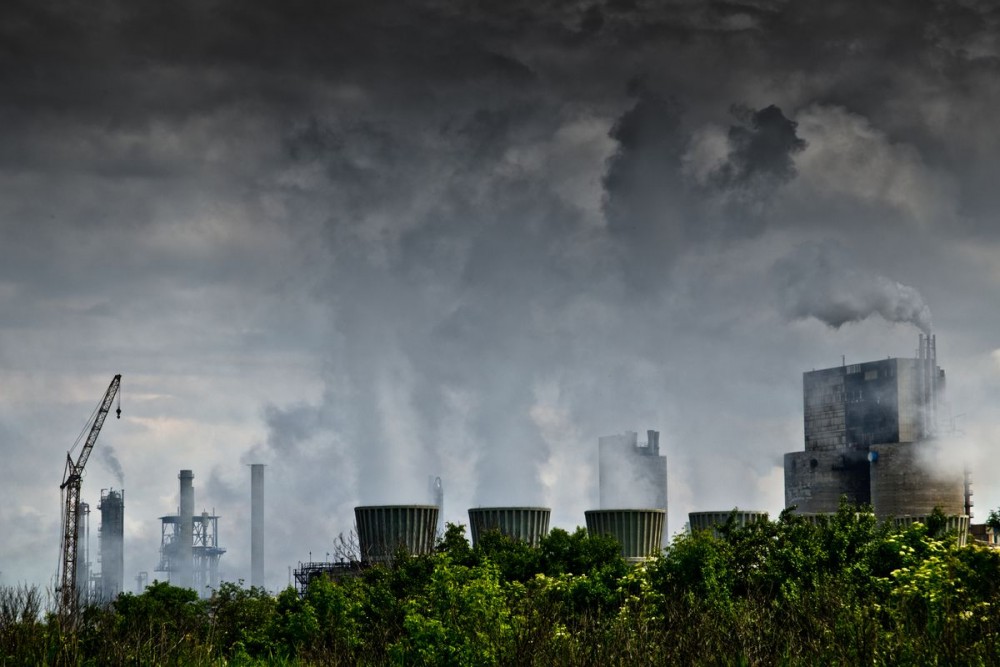Air pollution from coal-fired power plants threatens community health.
Coal-fired power plants produce toxic soot and ozone, which harm lung health for Americans who live near and breathe those pollutants.

Though pollution control technology is available, approximately 40 percent of power plants in the United States do not control emissions of toxic pollutants like mercury. In fact, half of the mercury and 77 percent of the acid gases that pollute our air are emitted by power plants.
This carbon pollution also exacerbates climate change, making extreme weather worse -- including more severe floods, widespread wildfires, and record drought.
Here are the two primary ways power plants pollute the air:
- Soot pollution, a by-product of coal-fired power production, is one of the deadliest, most dangerous air pollutants. When plants burn coal, they release small particles composed of a mixture of metals, chemicals, and acid droplets into the air. The smallest particles are less than one-thirtieth the width of a human hair, and are easily inhaled, where they can make their way deep into the lungs and pass into the bloodstream.
- Ozone pollution, which happens when emissions from coal-fired plants (and other sources) interacts with heat and sunlight, creates smog, which is a low-lying toxic compound that serves as a dangerous lung irritant. It can cause chest pain, coughing, and breathing difficulties.
In 2012, the EPA put in place Mercury and Air Toxics Standards, which required power plants to limit their emissions of toxic pollutants. Despite the success of those standards, in 2018, however, the EPA ruled those standards to be too costly to power companies without providing enough health benefit, and they are currently under review.